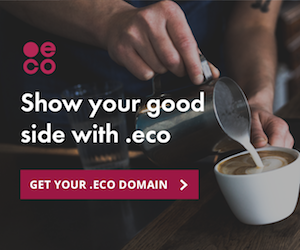
Dolphin Safe / Dolphin Friendly

The Earth Island Institute monitors tuna companies around the world to ensure the tuna is caught by methods that do not harm dolphins and protect the marine ecosystem. In order for tuna to be considered “Dolphin Safe”, it must meet the following standards: 1. No intentional chasing, netting or encirclement of dolphins during an entire tuna fishing trip; 2. No use of drift gill nets to catch tuna; 3. No accidental killing or serious injury to any dolphins during net sets; 4. No mixing of dolphin-safe and dolphin-deadly tuna in individual boat wells (for accidental kill of dolphins), or in processing or storage facilities; and 5. Each trip in the Eastern Tropical Pacific Ocean (ETP) by vessels 400 gross tons and above must have an independent observer on board attesting to the compliance with points (1) through (4) above.
Learn more: Dolphin Safe / Dolphin Friendly website![]()
Conformity assessment | How is compliance with this ecolabel's standard ensured?
Conformity with Dolphin Safe / Dolphin Friendly's standard is verified by our own organization (second party).
Certification / registration required
Applicants are certified against the ecolabels’s criteria before using the label
Managing organization | Who manages this ecolabel?
Name
Member of
ISO
Type
Non-profit
Also manages
None.
Advertisement
Key data
Year ecolabel est. 1990Classification | Who, what, where
Product categories this ecolabel applies to
Fish / Fisheries Food
Where this ecolabel is found
American Samoa Argentina Australia Austria Belgium Brazil Canada Colombia Costa Rica Ecuador Egypt France Germany Indonesia Ireland Israel Italy Japan Liechtenstein Luxembourg Maldives Mauritania Mauritius Monaco Netherlands Nicaragua Norway Panama Papua New Guinea Peru Philippines Poland Portugal Puerto Rico Romania Russian Federation Samoa Seychelles South Africa Spain Sweden Switzerland Thailand Turkey United Kingdom United States United States Minor Outlying Islands Venezuela
Last updated: 20 January 2012
